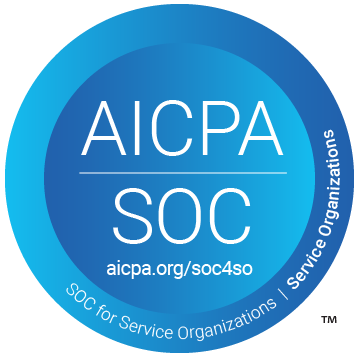Firms are increasingly recognizing that client satisfaction and retention hinge on their ability to deliver personalized, high-quality services. At the heart of this effort lies effective resource allocation—a strategic approach to ensuring the right people, tools, and time are directed toward meeting client needs. Below, we explore how successful resource allocation can directly facilitate client-centric growth and elevate a firm’s operational efficiency.
1. Matching Expertise with Client Needs
Effective resource allocation ensures that the right professionals with the appropriate expertise are assigned to each client project. For instance:

2.Prioritizing High-Value Clients
Not all clients have the same needs or generate equal revenue. Strategic resource allocation allows firms to prioritize high-value clients by dedicating more time and skilled resources to their accounts. This approach ensures that key clients receive exceptional service, fostering loyalty and increasing the likelihood of referrals.
3.Enhancing Responsiveness
Clients expect timely responses and proactive communication. By allocating resources effectively, firms can ensure sufficient bandwidth for quick turnaround times on client inquiries or urgent tasks. This responsiveness demonstrates a commitment to client success and positions the firm as a reliable partner.
4.Leveraging Technology for Efficiency
Resource allocation isn’t just about people—it’s also about tools. By investing in resource management software, firms can automate routine tasks, freeing up staff to focus on value-added activities like advisory services. This shift not only improves operational efficiency but also allows firms to deliver more strategic insights to clients.
5.Supporting Scalable Growth
As a firm grows, they often face challenges in maintaining service quality across a larger client base. Effective resource allocation provides a scalable framework for managing growth without overburdening staff or compromising client satisfaction. For example:
6.Building Long-Term Client Relationships
When resources are allocated thoughtfully, clients feel valued and supported. This fosters trust and loyalty—key drivers of long-term relationships. Loyal clients are more likely to expand their engagement with the firm, providing opportunities for cross-selling additional services like financial planning or risk management.
Conclusion
Resource allocation is more than an operational necessity—it’s a strategic component of client-centric growth. By aligning resources with client needs, prioritizing high-value accounts, leveraging technology, and ensuring responsiveness, firms can enhance their service delivery while driving sustainable growth. Firms that master this balance will not only retain existing clients but also attract new ones in an increasingly competitive market.

